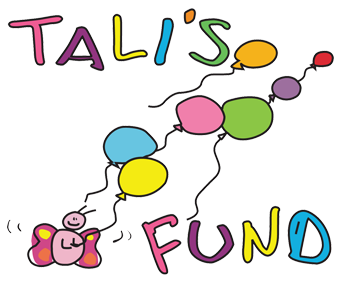Do you think red-nosed pranks are just for circuses? Not really. Medical clowns revive the old saying, “laughter is the best medicine.”
While spending time at the hospital, children must face a number of fears. Separation from family, the loss of self-determination, and bodily trauma don’t just affect their physical but also their mental well-being, so finding ways to relieve some of that stress is crucial.
Canada is the birthplace of the therapeutic clown model, which can help reduce anxiety and offer relief through spontaneous humour and gentle play. Through shared conversations, games, and songs, clowns uplift little patients and inspire them to get better. Let’s take a look at what therapeutic clowns are and how they can provide relief for kids.
What are medical clowns?
In their own way, medical clowns are performers. Through improvisation, magic, puppetry, and comedy, they try to make the days of little patients a bit more fun and bright. Quite often, their performances involve medical devices, which are showcased from a humorous perspective.
Just imagine – honking blood pressure cuffs or stethoscopes used as telephones – when they are silly, they can’t be scary!
Humour and conversation to help little ones
Coping with an illness is challenging regardless of one’s age. A disease can make children feel different and lonely. Sadness, fear, and frustration are all emotions they encounter daily, but having a safe environment and positive interactions with others can help immensely.
It is long known that laughter can make us happier, so it only makes sense that clowns are used as part of therapy. When children laugh, their brain produces happiness hormones and antibodies, and their white blood cells increase. Laughter makes them feel physically better.
A study published in 2020 showcased that having medical clowns on staff offers many benefits, including better patient outcomes, lower stress in medical staff, and much more. According to a 2017 research, clowning improves the ability of autistic children to communicate and connect. The report also noted that clowns reduced resistance to being examined in sexually abused children.
Nowadays, healing clowns work all around the world. For children, it has been proven that engaging in play can distract from pain and negative experiences. Hence, clowns use bears, dolls, and other objects to entertain children and uplift their spirits.
In some hospitals, the red-nosed pranksters are allowed to be present during medical procedures, reducing some of the fear that comes with them.
No questions – just fun
When in a hospital, children are, in a way, deprived of their freedom, and a clown can give some of it back. Questions like “how are you?” and “how are you feeling?” can seem like an excellent way to showcase care to the little one, but, for children, it can remind them of their illness. A clown doesn’t ask any questions. Instead, they enter the room and simply say, “It’s wonderful to see you today!”.
Conclusion
Although medical clowns first appeared in 1986, their importance has been recognized only recently. While clowns and hospitals may seem like an unexpected combination, it has proven effective, turning cries into giggles.
